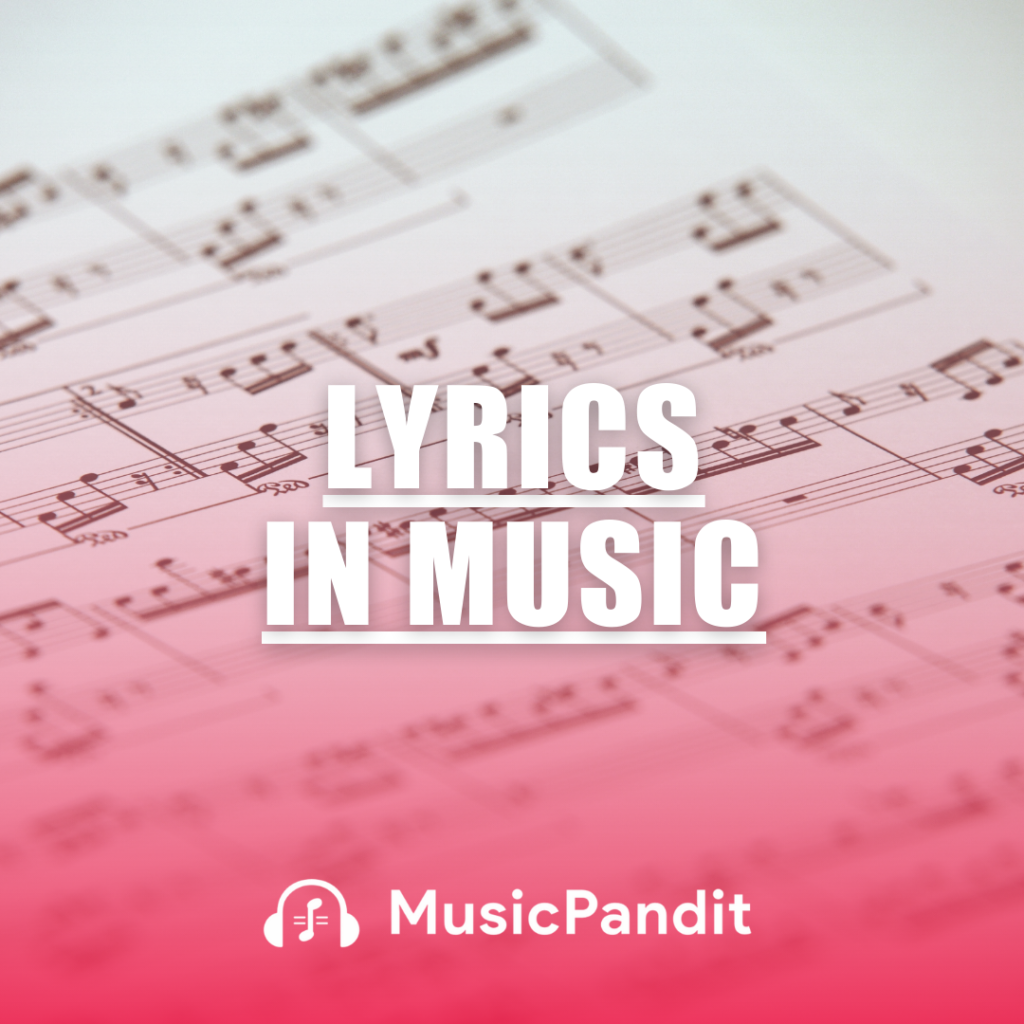Music is a universal language that transcends boundaries, cultures, and time. It has the power to evoke emotions, tell stories, and connect people. One of the most vital components of music is lyrics.
Lyrics are the words that accompany a melody, providing context, meaning, and depth to a song. For young music students, understanding lyrics is essential, as it enhances musical expression and appreciation.
Definition of Lyrics
Lyrics are the textual component of a song, crafted to be sung by the vocalist. They can range from simple, repetitive phrases to complex, poetic narratives. Lyrics serve as a medium for artists to convey messages, emotions, and stories, enriching the musical experience for the listener.
Importance of Lyrics in Music
Emotional Connection
Lyrics play a crucial role in establishing an emotional bond between the artist and the audience. They allow listeners to relate to the themes and emotions expressed in the song, fostering a deeper connection
Storytelling
Through lyrics, artists can tell stories, share personal experiences, or comment on societal issues. This storytelling aspect makes songs more engaging and memorable.
Cultural Reflection
Lyrics often reflect the culture and time in which they were written, offering insights into societal values, struggles, and triumphs. They can serve as historical documents, capturing the essence of an era.
Uses of Lyrics
Expression of Identity
Artists use lyrics to express their identities, beliefs, and perspectives. This self-expression allows listeners to gain insight into the artist’s world and can inspire them to reflect on their own identities.
Social and Political Commentary
Many songs use lyrics to address social and political issues, raising awareness and inspiring change. For example, Bob Dylan’s “Blowin’ in the Wind” became an anthem for the civil rights movement.
Education and Awareness
Lyrics can be educational, teaching listeners about various subjects, from historical events to moral lessons. Children’s songs, for instance, often use simple lyrics to teach basic concepts.
Benefits of Engaging with Lyrics
Cognitive Development
Analyzing and memorizing lyrics can enhance cognitive functions such as memory, comprehension, and critical thinking. This engagement stimulates the brain and encourages active listening.
Emotional Intelligence
Understanding the emotions conveyed in lyrics can improve emotional intelligence, helping listeners recognize and empathize with different feelings.
Language Skills
For young students, engaging with lyrics can enhance vocabulary, grammar, and linguistic creativity. It exposes them to various writing styles and poetic devices.
How to Write Song Lyrics
Writing song lyrics is a creative process that combines personal expression with poetic techniques. Here are some steps to guide beginners:
1. Start with an Idea or Theme
Decide what you want to write about. It could be a personal experience, a story, or an abstract concept. Having a clear theme provides direction for your lyrics.
2. Brainstorm and Free Write
Write down any words, phrases, or ideas related to your theme. Don’t worry about structure or rhyme at this stage. This free writing helps generate raw material for your song.
3. Develop a Structure
Most songs have a common structure, typically including verses, a chorus, and sometimes a bridge. The verse tells the story, the chorus encapsulates the main message, and the bridge offers a contrast or new perspective.
4. Use Poetic Devices
Incorporate literary devices such as metaphors, similes, and imagery to add depth and creativity to your lyrics. This makes your song more engaging and relatable.
5. Revise and Edit
Refine your lyrics by revising awkward phrases, ensuring consistency, and polishing the overall flow. Feedback from others can be valuable during this stage.
For a more detailed guide on writing song lyrics, Berklee Online offers valuable insights:
“If you don’t know how to write song lyrics, it can be overwhelming to imagine where to start. I often hear from my online students how relieving it is to bring structure and tools into the mix as we delve into lyric writing.”
Related Topics
Melody and Harmony
Understanding how lyrics fit with melody and harmony is crucial. The melody is the tune of the song, while harmony adds depth through complementary notes. Lyrics should complement these elements to create a cohesive piece.
Rhythm and Meter
The rhythm of lyrics refers to the pattern of sounds and silences, while the meter is the structured beat. Aligning lyrics with the song’s rhythm and meter ensures they flow naturally when sung.
Rhyme Schemes
Rhyme schemes are patterns of rhymes at the end of each line. Common schemes include AABB and ABAB. Rhymes add musicality and memorability to lyrics.
Instrument and Vocal Specifics
Instrumental Considerations
While lyrics are primarily vocal, instrumentalists should understand them to enhance their performance. Knowing the lyrics’ emotion and story helps musicians play more expressively.
Vocal Techniques
Singers must interpret and deliver lyrics effectively. This involves clear diction, appropriate emotion, and dynamic control to convey the song’s message authentically.
Conclusion
Lyrics are a fundamental aspect of music, serving as a bridge between the artist’s expression and the listener’s experience. They add emotional depth, tell stories, and reflect cultural contexts. For young music students, understanding and engaging with lyrics not only enhances musical skills but also fosters cognitive and emotional development. By exploring the art of lyric writing and analysis, students can enrich their musical journey and personal growth.
Source:https://www.musicpandit.com/resources/articles/lyrics/

